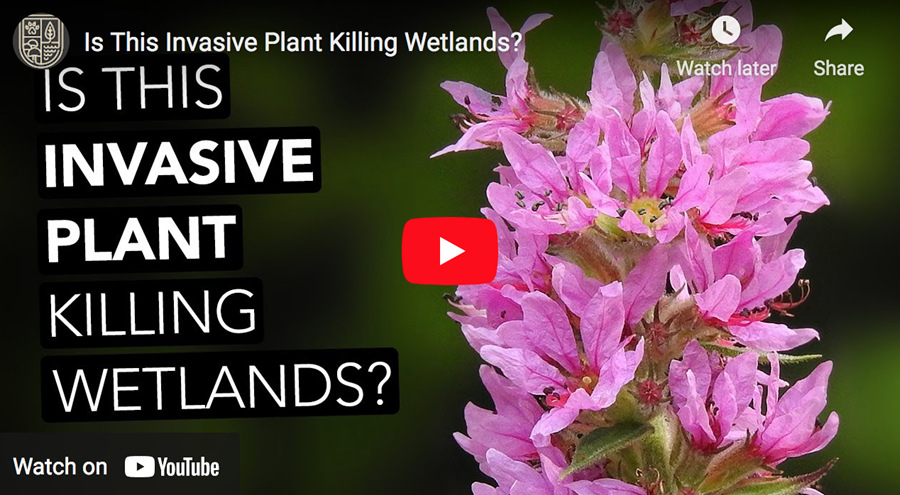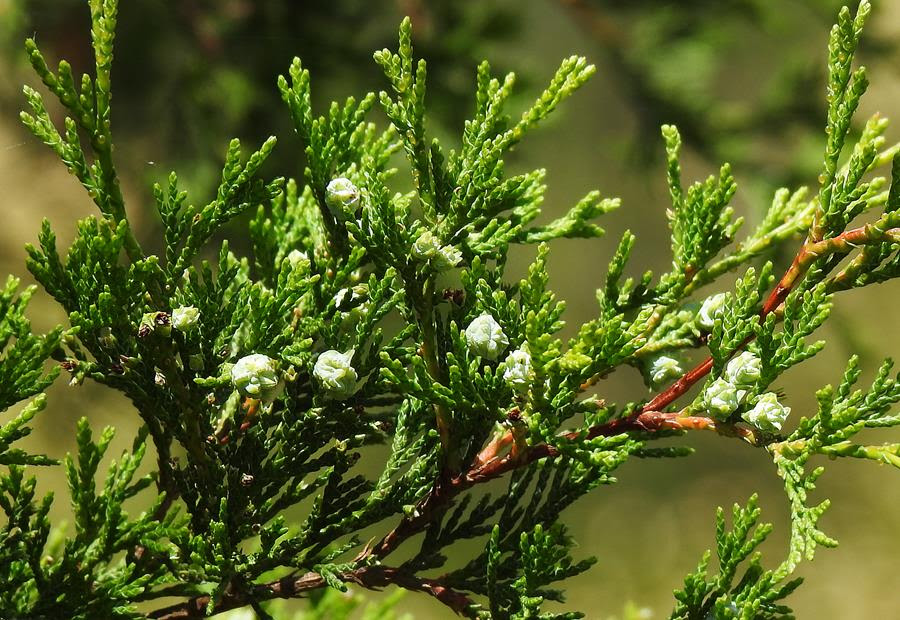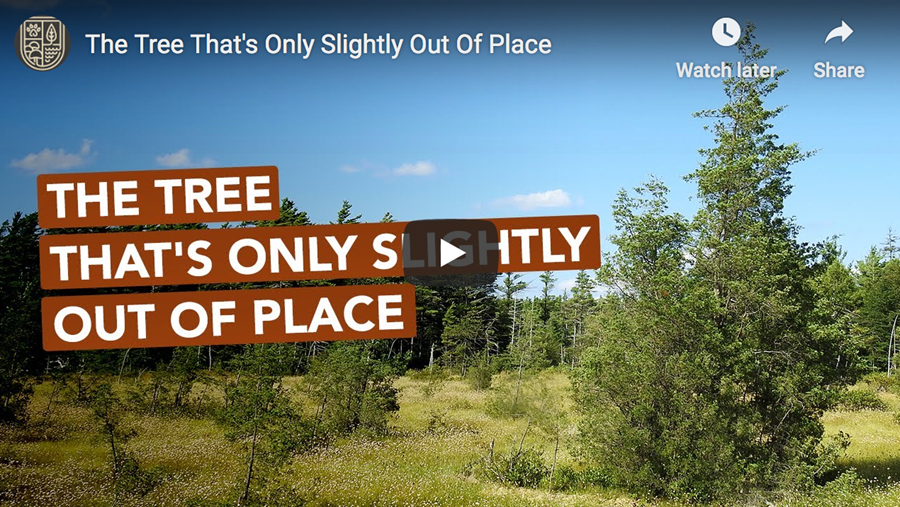

Menace. Monster. Barbarian. Scourge. Thug. Outlaw. Killer.
All these terms have been used in one publication or another to describe a single species whose common name is a bit less provocative.
Purple loosestrife (Lythrum salicaria).
This showy plant was introduced to North America from Europe in the early 1800s. Since then, purple loosestrife has spread itself far and wide across the North American continent.
Today, purple loosestrife is considered a noxious weed throughout many parts of North America. The International Union for Conservation of Nature even lists purple loosestrife as one of the 100 worst invasive alien species in the world.
But not everyone agrees that this “purple menace” is a serious threat.
Some researchers think that the problems associated with purple loosestrife invasion are exaggerated. Some researchers even think that purple loosestrife invasion is associated with positive effects in North America.
Who are we to believe? How can people be so divided over a single plant? What does the research really say? Is purple loosestrife a serious ecological threat or not?
We explore the topic of purple loosestrife invasion in a brand new video. If you are interested in learning more about this purported wetland killer, check it out!

Thanks for reading and watching, and thanks for your continued support!
-Adam Haritan










You must be logged in to post a comment.